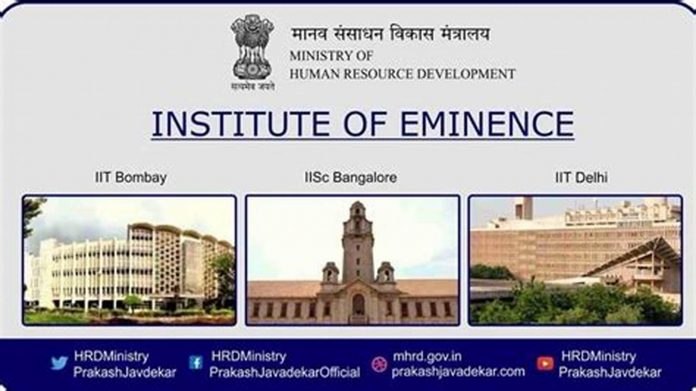By Prof. Md. Kalimuddin Ahmad
Essentially survival and thriving of civilizations are linked with the advancement of science and technology. There has never been monopoly of any culture or civilization over sciences. The Nobel Laureate A. Salam, who founded the ICTP in Trieste, lamented “it is a kind of Machiavellism to export technology to the third world without developing science there.” In Indian context, the neglect of education can be gauged from our spending on education. Our neighbour China spends above 4% of GDP on education whereas our share is less than 3% of our GDP. The gap would be much bigger if we consider spending in gross terms as economy of China is that of 12.01 trillion dollar which is about 4.6 times more than ours.
Where to start from?
Further, as per recent QS World University Rankings, which assesses performance of institutions across four areas: teaching, research, employability and internationalization, no Indian institution could figure in top 100 slot whereas there are 24 institutions from Asia in this slot ( Breakup of 24: China 6, South Korea 5, Japan 5, Hong Kong 4, Singapore 2, Taiwan 1, Malaysia 1). However, three institutions IIT – Bombay, IISc – Bangalore and IIT – Delhi could find place in 100-200 slot at 162, 170 and 172 places respectively. So the question is: from where to start? Since schools are the feeder of higher educational institutions, it is urgently required to invest more in primary sector of education, especially in terms of infrastructure development by increasing budgetary allocation.
In many of the advanced countries, the conventional use of black boards is supplemented with computer based technology. Our problem: how to address the need of rural India with the changing technological advancement in the urban sector? It is true that a section of India is tuned to the development and adapting to the technology in imparting education to students, but a large section of our population does not commensurate with the development – partly because of lack of infrastructure and non-availability of well trained teachers. Right now, the adaptation of technology in school education is moving at a snail’s pace, while the world outside is speeding at a supersonic rate. The challenges before us is to prepare the children of today for a world that has yet to be created, for jobs yet to be invented, and for technologies yet un-dreamed.
Mathematics: the mother of all sciences
Likewise with the advancement in information technology, there happened to be a definite shift in teaching and research methodology of all subject fields. For example, Mathematics which is the mother of all sciences needs special attention while designing syllabus or developing curricular at different level of education. During last several years, there have been major changes in this subject, both with regard to its significance to other branches and the tools available with us. Well, the plight of Mathematics education in our country at the college level has remained quite dismal. The major drawbacks are lack of sufficient number of well-trained teachers and library facilities. This has become one of the major causes of ‘Math Phobia’ among students.
In most of the European universities, the central activity starts from the 2nd semester of graduation in the form of modelling seminar. Problems from the real word are presented in a non-mathematical way to groups of 4-5 students; these groups work one semester under a supervisor who plays the role of an industrial client. They transform the problem into a mathematical model, evaluate the model using computer facilities, re-interpret the results in terms of the original problem, and finally present their results. Thus, Mathematics is learnt by doing as Modelling seminars are the opposite of ‘learning by heart’. It’s now time for us to shift from ‘method driven approach’ (I do what I am able to do), to ‘problem driven approach’ (I do what should be done).
Government initiative: Not adequate


